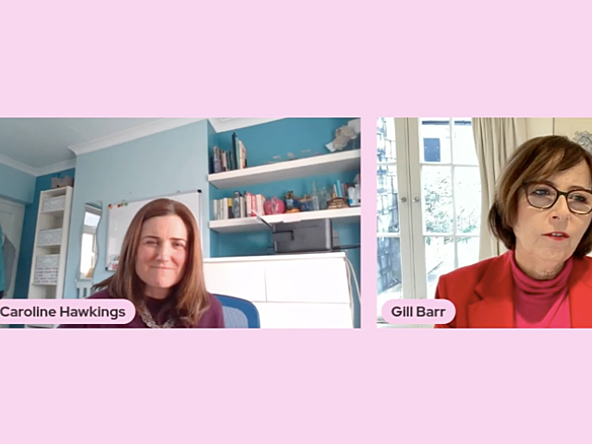Diverse workforce vital to success

In a keynote interview at the MRS Impact 2022 virtual conference, Barr extolled the virtues of a workforce with a range of ages, ethnicities, sexualities, backgrounds and experiences.
Barr, who spent 25 years as a marketing director at several top retailers, said such diversity was “important for the future of business and society”.
But the marketing veteran also cautioned that market research leaders must hold themselves to account if their measures to improve diversity in their organisation fell short.
Barr, who currently holds non-executive director roles at fintech, e-tailing and logistic companies, was speaking to Caroline Hawkings, the UK managing director of market research company Savanta.
Diversity and inclusion continue to be top of the corporate agenda as leaders realise that a more varied workforce can help improve decision making and a broader customer base. However, the market research industry – along with other sectors – still has work to do to become more diverse and inclusive.
Global Research Business Network (GRBN) figures show that 30 per cent of people working in market research believe that not everyone in their organisation has equal status.
Diversity is not just an “idealistic necessity” but also a “commercial necessity” on the company boards Barr current sits on: “we want diversity of thought”, she said.
“You can talk about different dynamics and parameters of diversity. But actually what we want is people who can watch for the dog that doesn’t bark, or look around corners and find risks that nobody else has thought of.
“And it’s that diversity that makes really rich conversation. And it’s really helpful to boards and executives in terms of making decisions.”
On all the executive boards Barr has sat on, moves had been made to get a broader range of ethnicities, sexual identities and thought leadership voices to join up. By making such moves, companies benefit from better understanding their customers, their market and how best to deliver their strategy, Barr noted.
“If you have a diverse set of inputs, you make much better choices.”
A diverse workplace also helped with evaluating company risks too, the former John Lewis marketing director maintained. As an example, she observed a diverse employee base could help understand measures needed to broaden the employee pool beyond men over 50 in the logistics industry, which suffers from a national shortage of drivers.
Barr also implored market research agencies to understand diversity if they wanted to succeed. Agencies must have the “flexibility and the adroitness to really understand the audiences that I am trying to get to and the people whose voices I really need to hear.”
Hawkings, meanwhile, admitted that diversity still represented a “big challenge”. She pointed to figures showing that employees in market research were generally more negative about the diversity of their employee base than other industries.
But she said that Savanta was undertaking initiatives such as ‘blind’ graduate recruitment, where the university name is obscured, to meet the challenge head-on.
“It’s quite challenging,” Hawkings said, but “makes for more interesting interviews”.
Fundamental to improving diversity in the workforce is measuring targets, added Barr. “You have got to hold yourself to account. You have got to go back to those targets and you have got to hold yourself accountable when you fall short,” she concluded.

We hope you enjoyed this article.
Research Live is published by MRS.
The Market Research Society (MRS) exists to promote and protect the research sector, showcasing how research delivers impact for businesses and government.
Members of MRS enjoy many benefits including tailoured policy guidance, discounts on training and conferences, and access to member-only content.
For example, there's an archive of winning case studies from over a decade of MRS Awards.
Find out more about the benefits of joining MRS here.













0 Comments